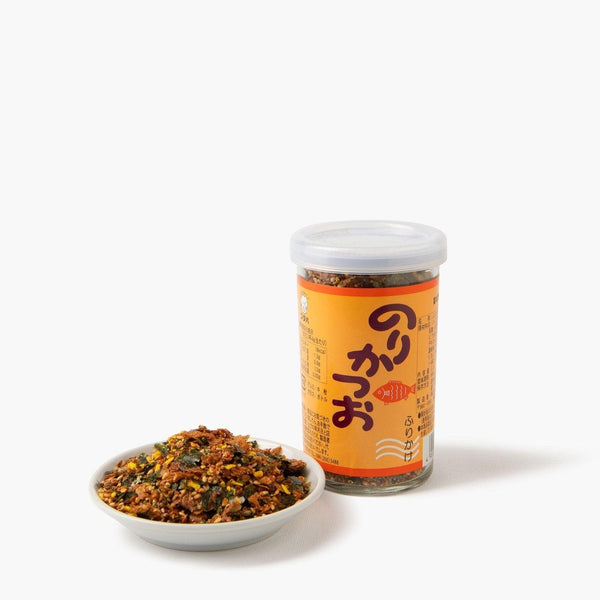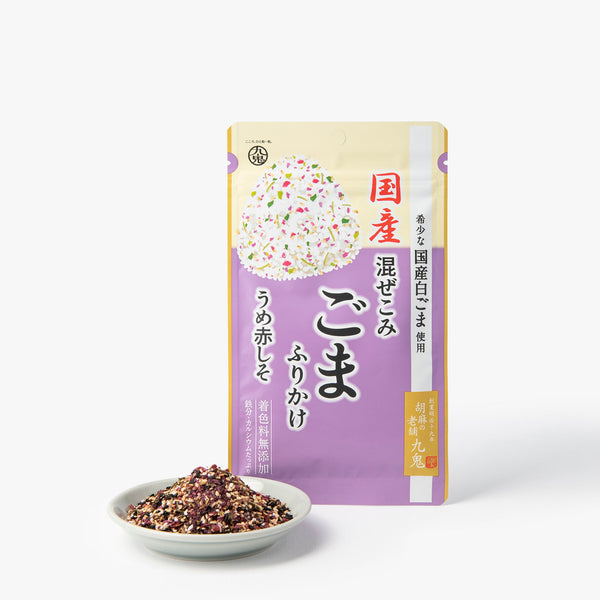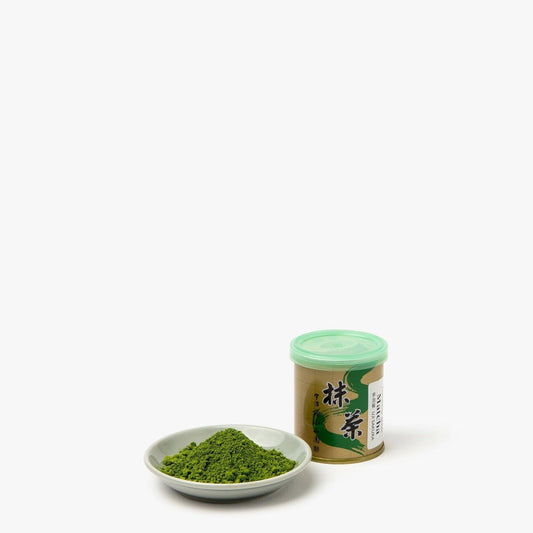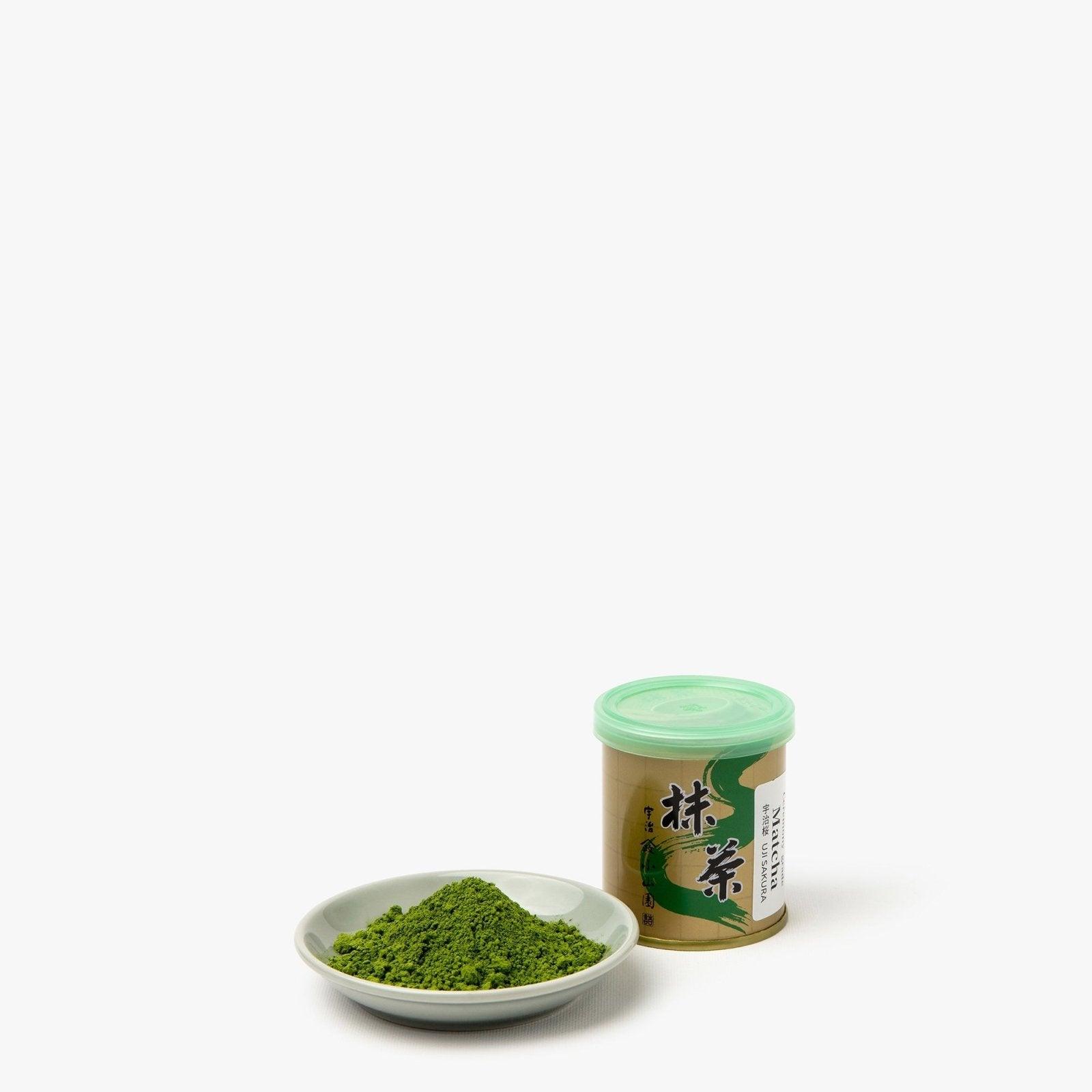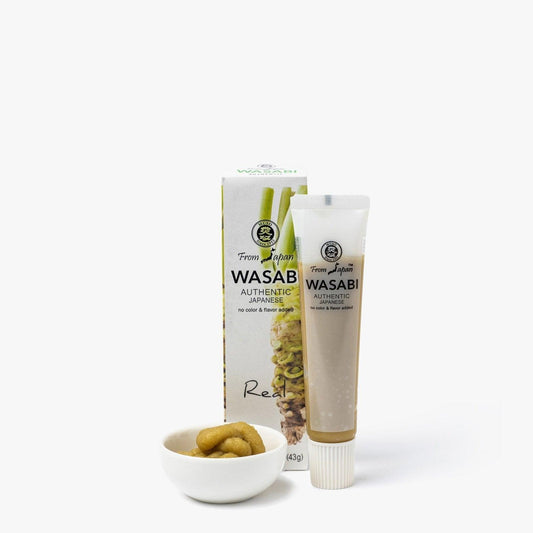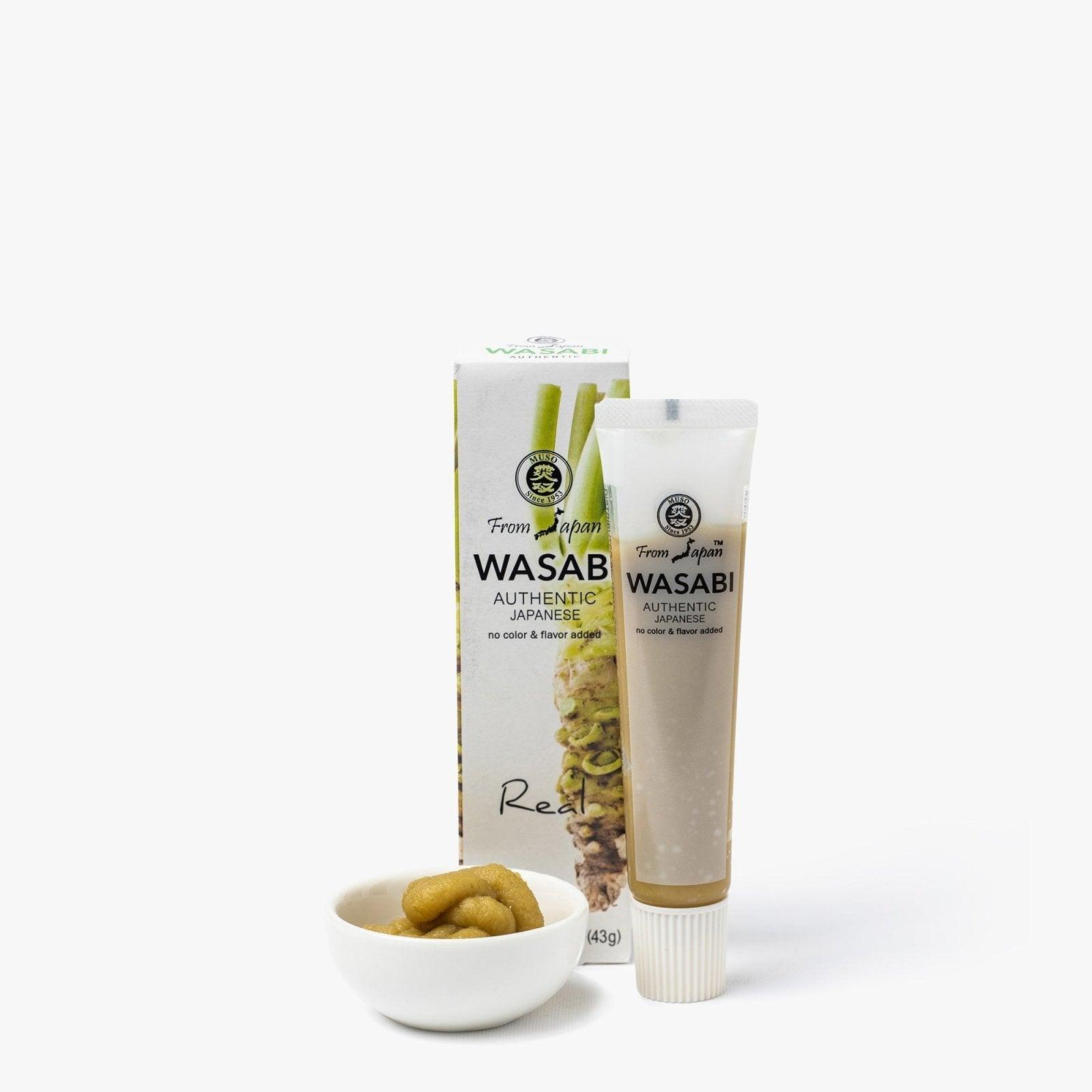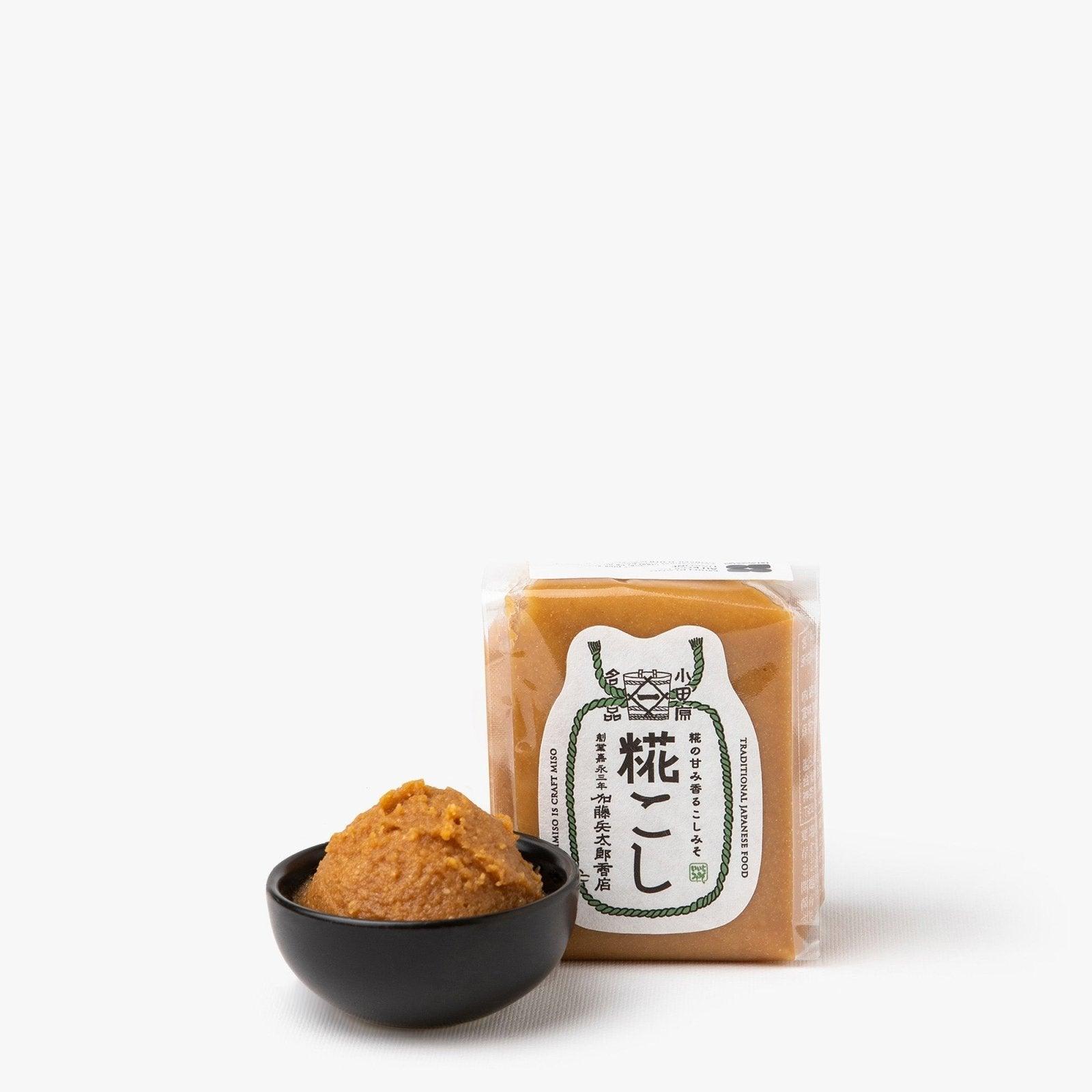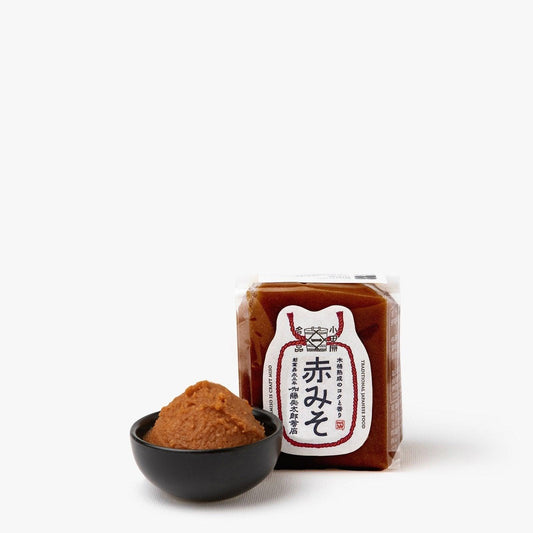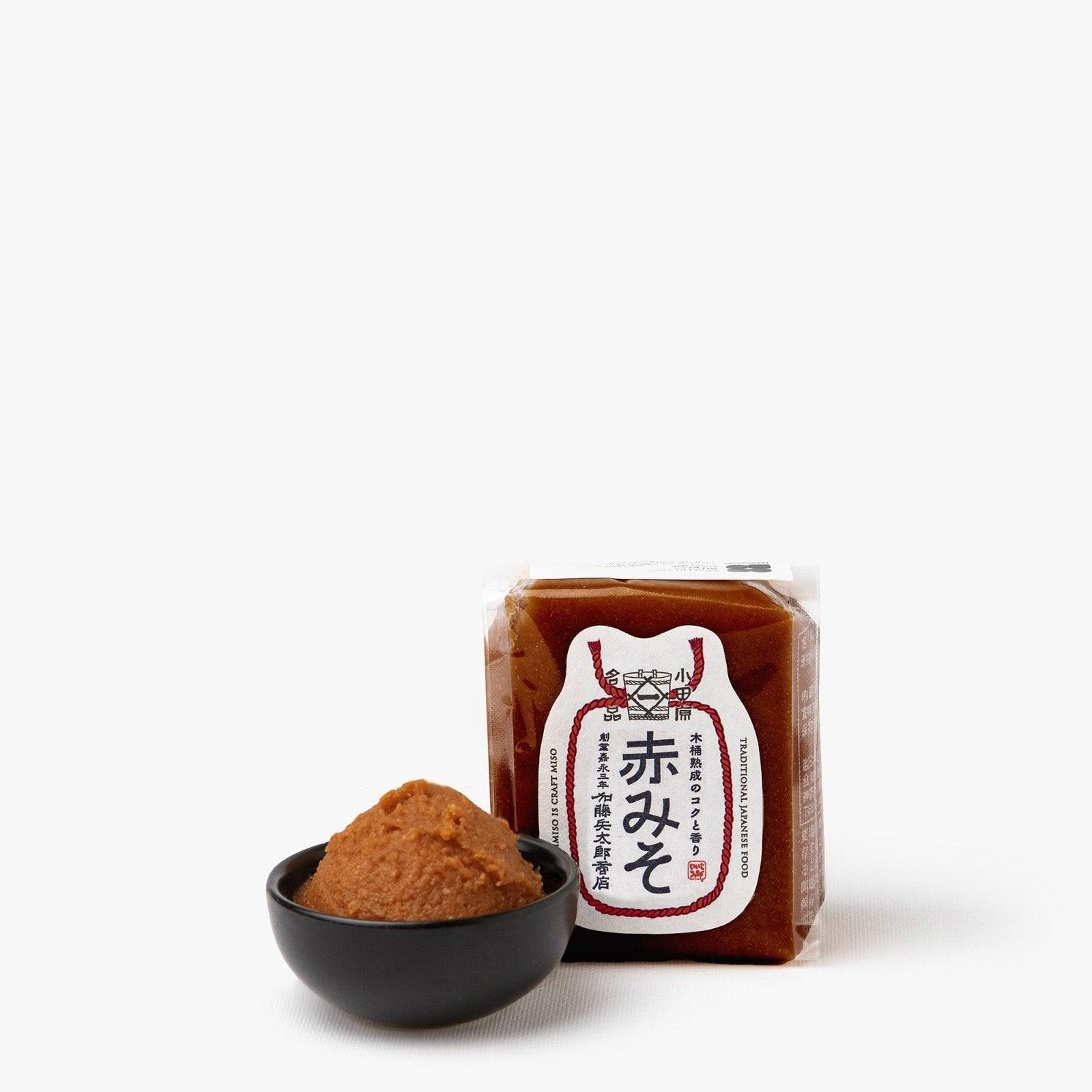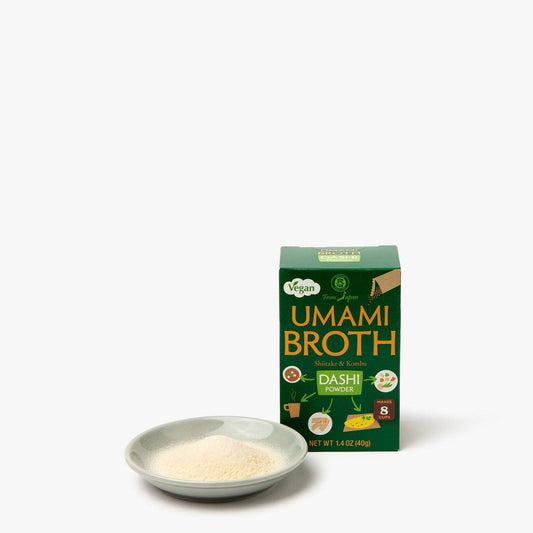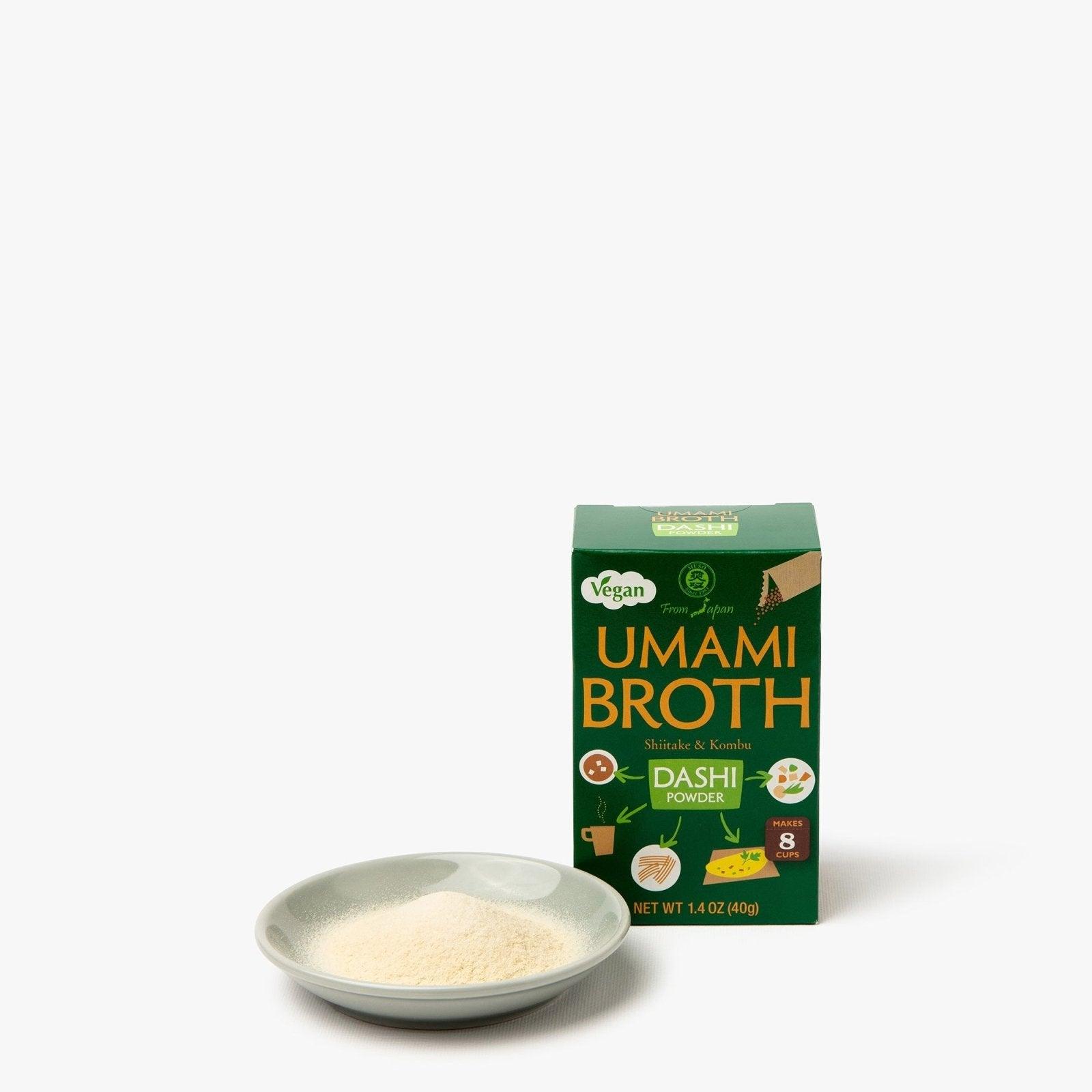Every summer, from July to SeptemberJapan is abuzz with activity. Everywhere in the archipelago matsuri (祭り), or traditional festivals, enliven the streets to the rhythm of taiko drums, folk dances, mikoshi (portable shrines) processions, and above all... the tantalizing smells of food. Whether you're in a Shinto temple, on the banks of a river for a fireworks display (hanabi taikai), or in a shopping district, Japanese street foodserved in yatai (屋台), is at the heart of the experience.
These temporary stands, often run by families or artisans, offer an impressive variety of savory and sweet dishes. The cuisine is simple, festive, popular cuisineIt plays a fundamental role in matsuri culture: nourish, gather, refresh and please.
SAVOURY FESTIVAL FAVOURITES
Takoyaki:
Takoyaki is undoubtedly the most emblematic festival dish. Born in Osaka in the 1930s, this dish is made from a fluid dough (a mixture of flour, eggs and dashi broth), poured into a special half-sphere plate. A piece of cooked octopusA piece of cooked octopus, red pickled ginger and spring onion are inserted, and the balls are turned with chopsticks to obtain a round, golden shape. Served piping hot with okonomi sauce, mayonnaise, nori seaweed powder and katsuobushithey embody the quintessence of Japanese comfort food.
Anecdote: the word "tako" means octopus, and "yaki" means grilled. Each region has its own variation, but Osaka remains the heart of takoyaki.

Yakisoba: stir-fried noodles for large crowds
The dish of choice for quickly feeding a crowd, yakisoba are thick wheat noodles sautéed on a large griddle with vegetables (cabbage, carrots, onions), thin slices of pork and a sweet brown sauce made from soy and Worcestershire. They are often garnished with pickled red ginger (beni shoga) and seaweed powder. Conveniently eaten from a tray with disposable chopsticks, this is a generous, inexpensive and tasty dish.

Okonomiyaki:
Okonomiyaki literally means "what you like (okonomi) grilled (yaki)". This dish is a mixture of pastry, grated shredded cabbagevegetables and proteins, cooked on a griddle like an omelette. It's then topped with sauce, mayonnaise, seaweed and dancing bonito flakes.
- In Hiroshima, the local version includes a layer of fried noodles.
- In Kansai, the dough is denser and well mixed.

Yakitori & Kushiyaki:
These grilled skewers include :
-
Yakitori chicken (wings, thighs, liver, skin, cartilage) grilled over charcoal.
-
Kushiyaki Kushiyaki: other meats (pork, beef) or vegetables (eggplant, leeks).
Seasoned with salt (shio) or tare sauce (soy, mirin, sugar), they are a smoky delight, often accompanied by a beer or a glass of ramune.
Karaage & other fried foods
Karaage is marinated chicken, coated in potato starch, then fried. It's crispy, juicy and served in a paper cone with a lemon wedge. There are also curry croquettes, fried squid and even cheese or sweet potato fritters.

Yaki Tōmorokoshi:
Grilled corn is a Japanese summer classic. Slowly cooked on a grill or charcoal, it is brushed with a mixture of soy sauce, mirin and sugar, which lightly caramelizes the kernels and gives them a pleasant umami flavor. Served on a stick, it's simple, nourishing and perfect to accompany a cold beer while watching the fireworks.

American Dog:
The American Dog is the Japanese version of the corn dog. It's a sausage wrapped in a slightly sweet batter (made from wheat and corn flour), then deep-fried to a soft, golden crust. Served on a stick, it can be topped with ketchup, mustard or Japanese mayonnaise. It's a snack that's both retro and international, and very popular with young people.
Tornado Potato :
Introduced at more recent festivals, this spiral-cut potato is fried to a crisp on a stick. It is then sprinkled with salt, paprika, cheese, curry or seaweed. Its original shape and texture appeal to children and adults alike.
JAPANESE SUMMER TREATS
Kakigōri:
Summer's star dessert, kakigōri is a very fine crushed icealmost snowy, onto which brightly colored syrups are poured: strawberry, melon, matcha, yuzu, cola...
Richer options add sweetened condensed milksweetened condensed milk kanten jellyor azuki paste. In Kyoto or Kanazawa, you'll find artisanal kakigōri with rare teas.

Taiyaki :
This small cake in the shape of a sea bream (a symbol of good luck in Japan) is baked in special moulds and traditionally filled with red bean paste (anko). Today, there are variations with chocolate, custard, sweet potato, cheese...
Tip: some festivals offer mini taiyaki for 6 or 8 people!

Mitarashi dango
These glutinous rice dumplings (mochi) are grilled on bamboo spikes. Mitarashi dango are topped with sweet soy sauce, while others are rolled in kinako (toasted soy flour). They can also be flavored with black sesame or plum.

Eating at a matsuri is much more than a simple gourmet break. It's a deeply cultural experience, where every bite awakens memories of childhood, of summer nights spent strolling under the lanterns. There's nothing elaborate about the cuisine of the yatai, those little street stalls, but it embodies a precious authenticity. It brings people together around simple, warm flavors, often handed down from generation to generation. To taste these dishes is also to take part in a living, popular and convivial tradition.
Tips for making the most of yatai
- Bring cash: most stands do not accept credit cards.
- Come early: as soon as night falls, the lines get longer and the most popular dishes go fast.
- Don't forget the wipes: essential after a stick of grilled corn or juicy karaage.
- Respect sorting rules: garbage cans are often separated (plastic, organic, etc.).
- Taste without preconceptions: each region has its own amazing specialties - and don't forget to take photos for souvenirs!
















![Bento Végétarien [retrait le 13 Janvier au Cinéma Max Linder] Bento Végétarien [retrait le 13 Janvier au Cinéma Max Linder]](http://irasshai.co/en/cdn/shop/files/iRASSHAi-0672-_ClemenceSahuc.jpg?v=1766074270&width=600)
![Bento Carne [retrait le 13 Janvier au Cinéma Max Linder] Bento Carne [retrait le 13 Janvier au Cinéma Max Linder]](http://irasshai.co/en/cdn/shop/files/iRASSHAi-0678-_ClemenceSahuc.jpg?v=1766074285&width=600)
